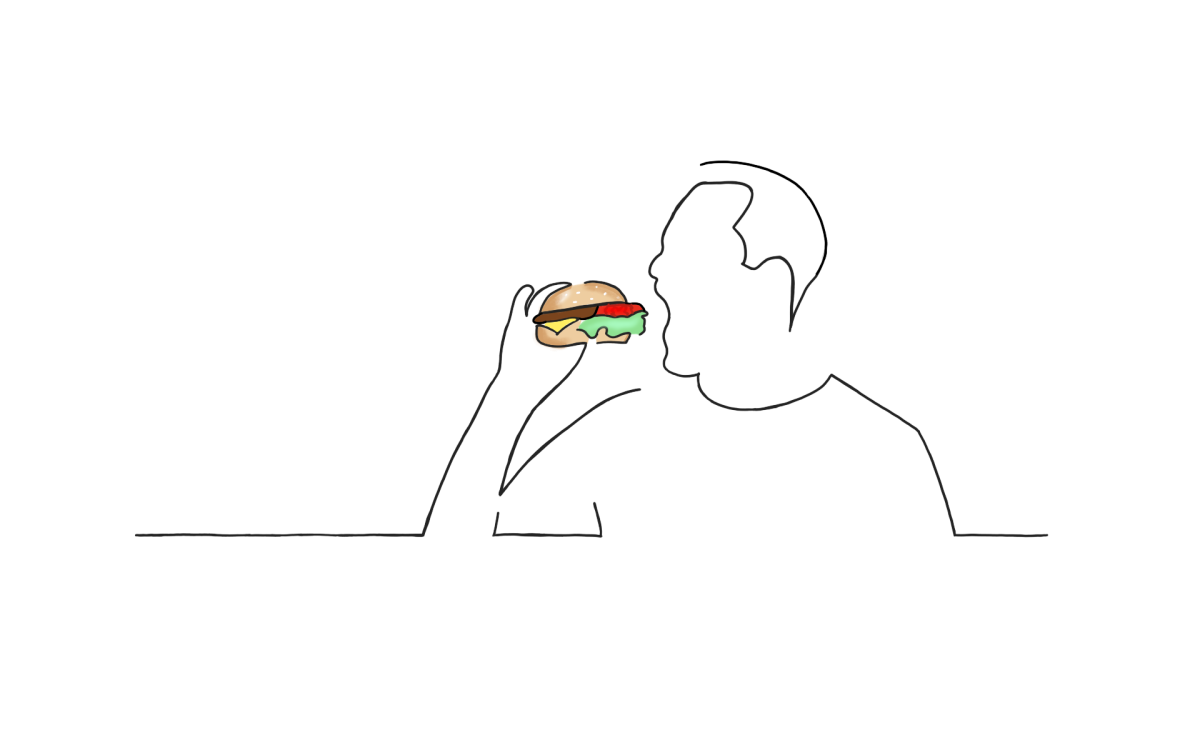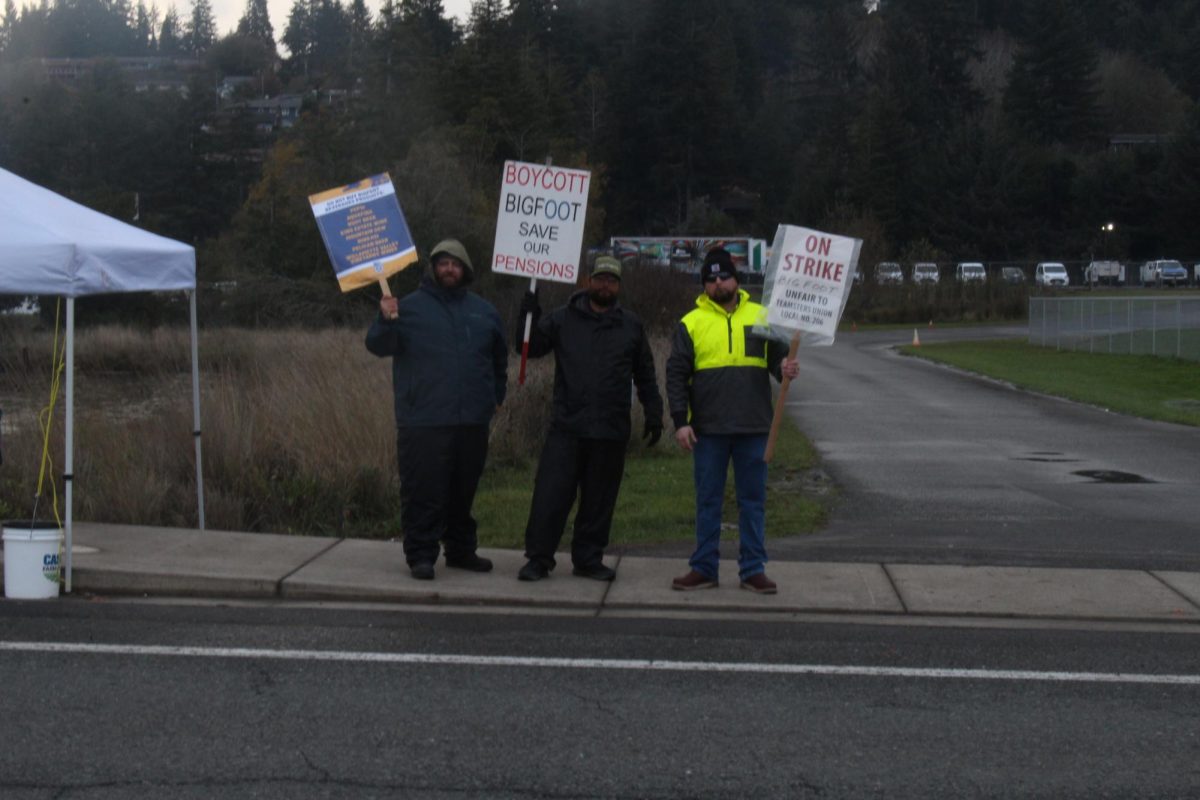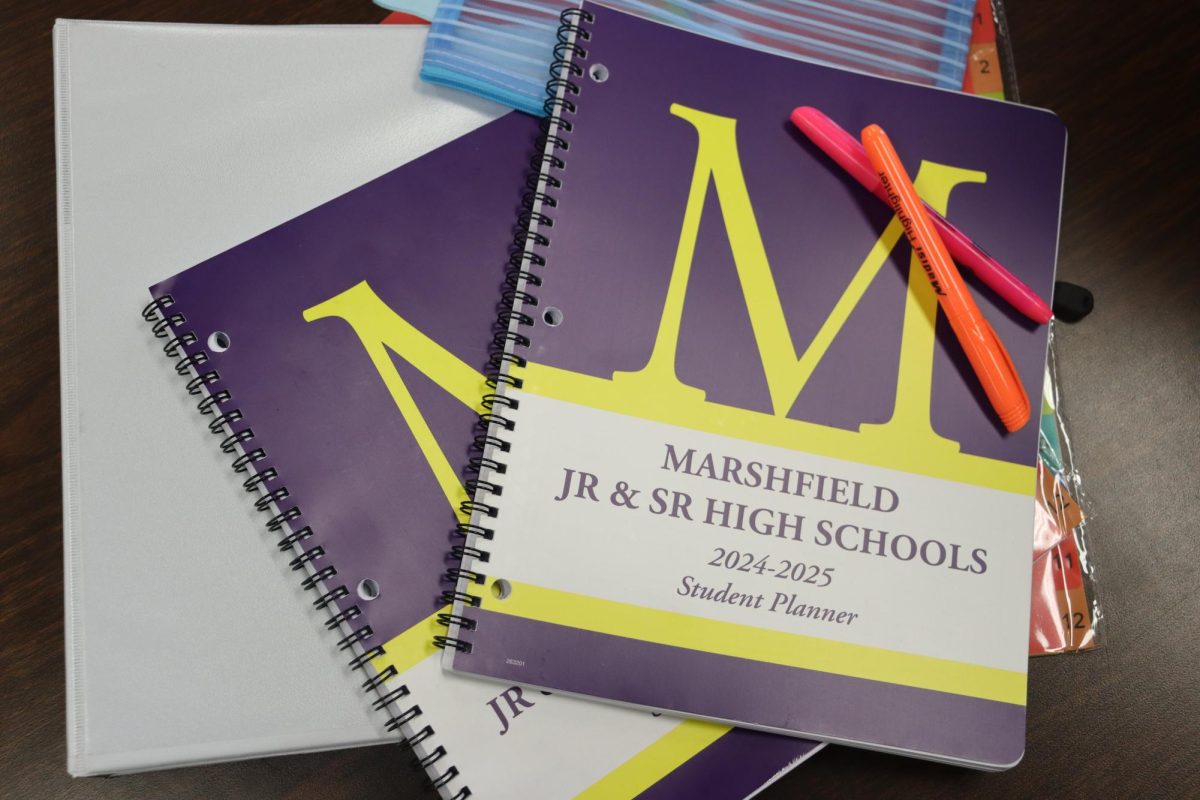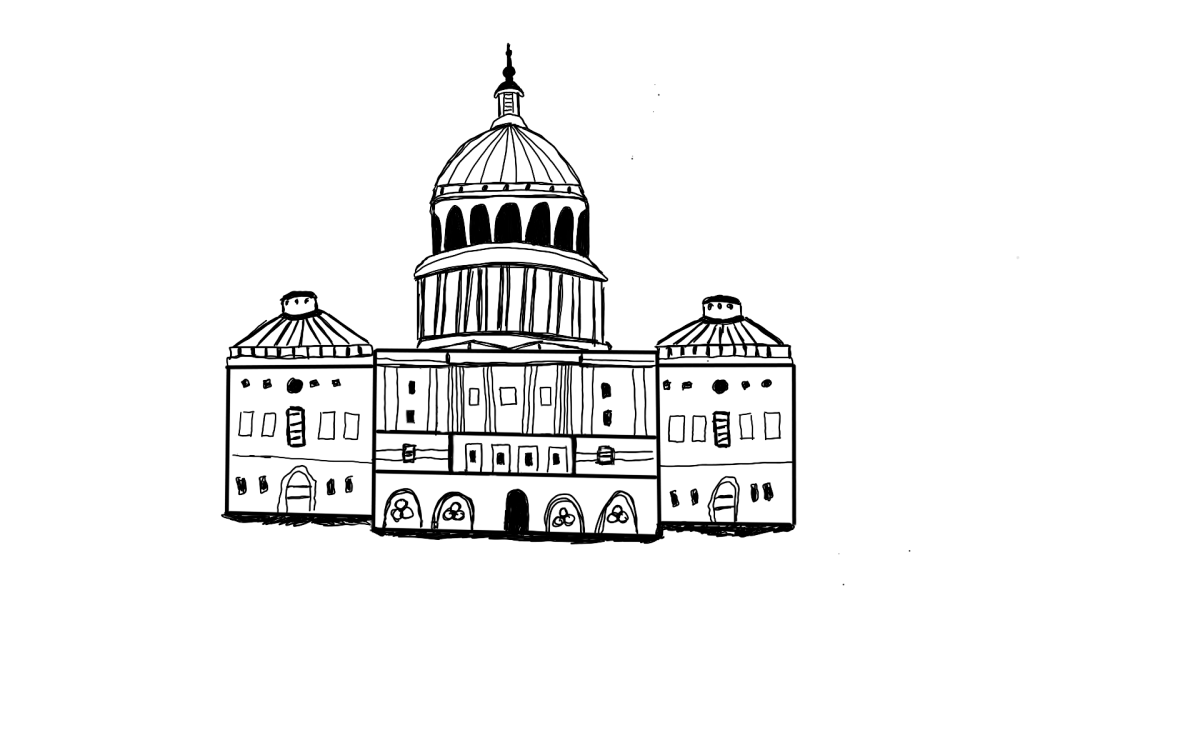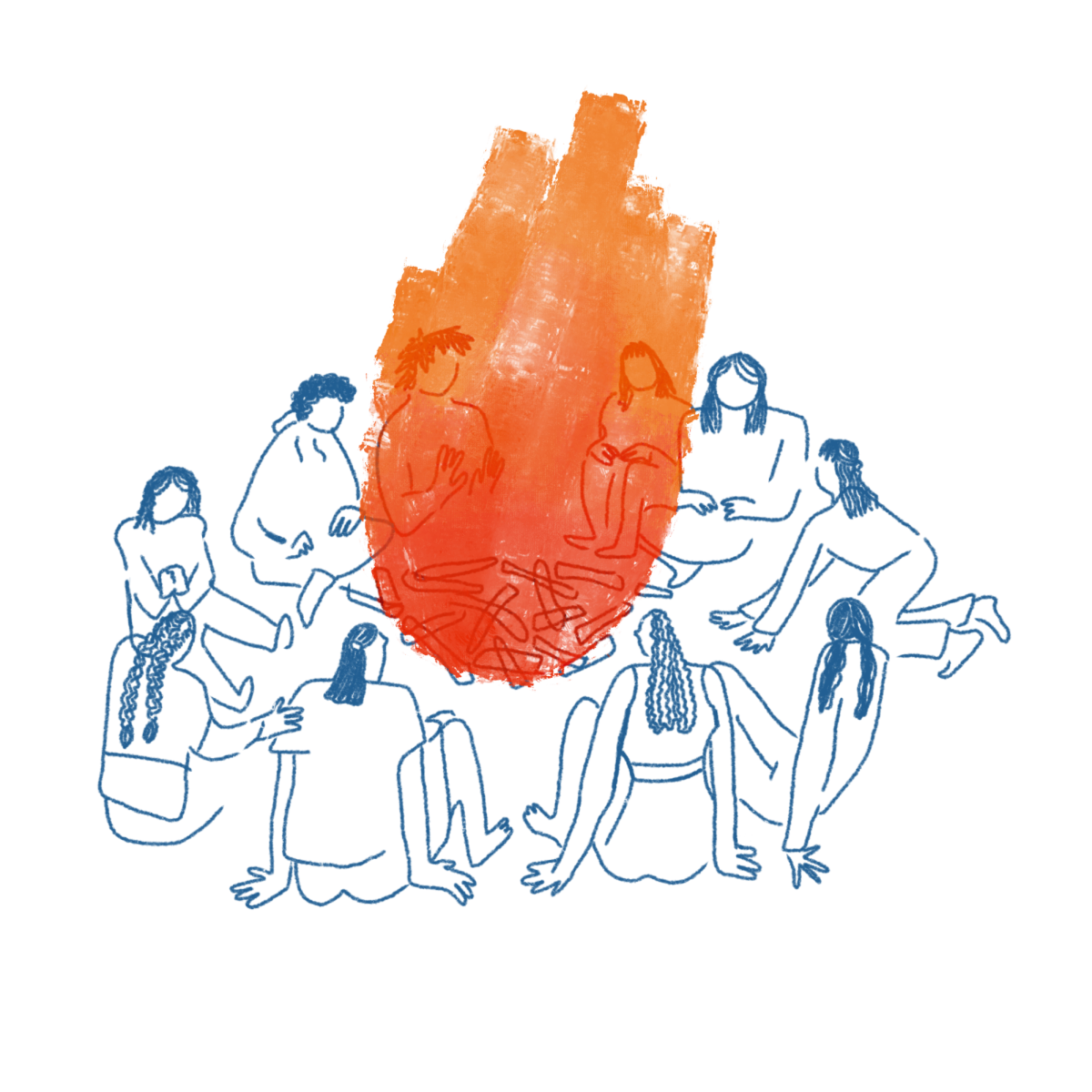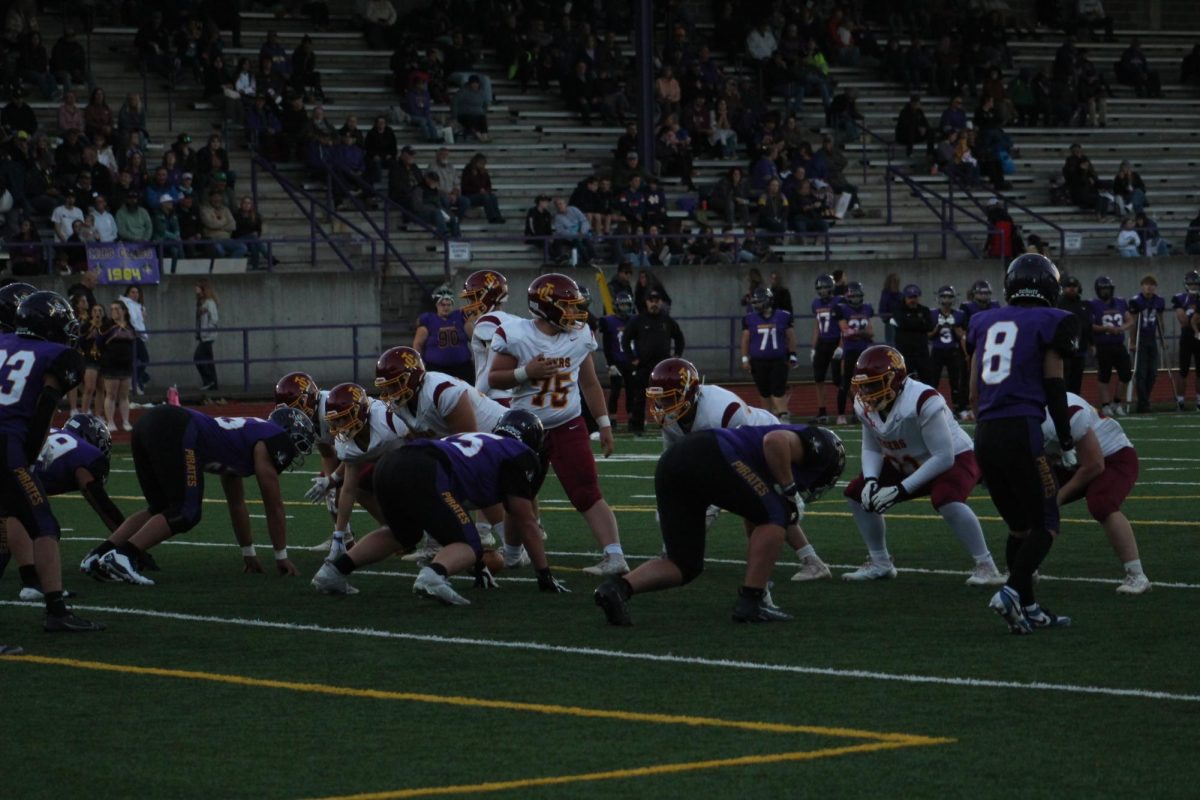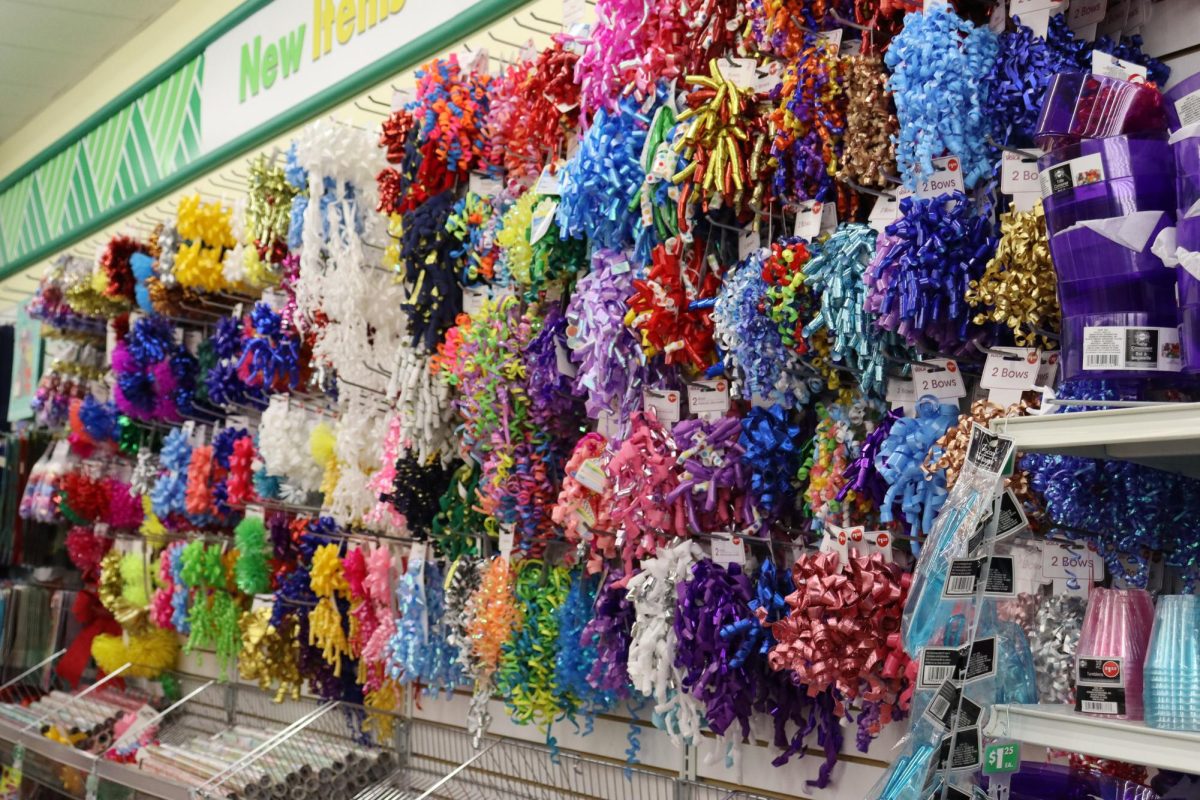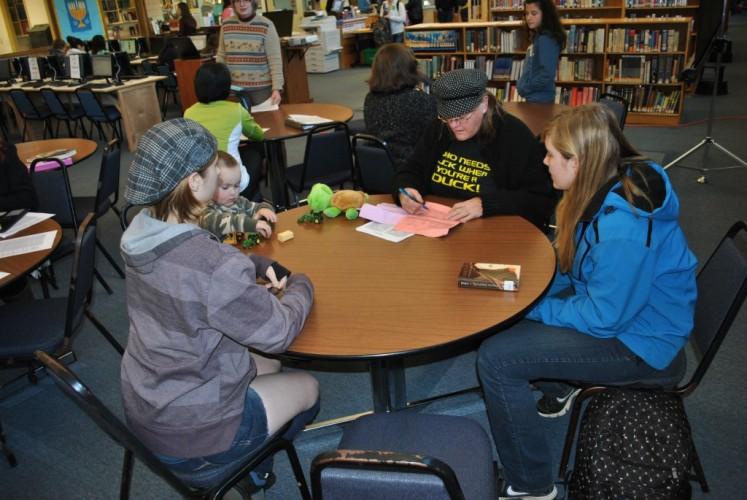These used to be the only viable and recognized options for identifying one’s gender. However, there is now an entirely different set of choices, such as the growing awareness of non-binary, which includes those who do not identify with the gender they were assigned at birth. They fall in between, not as male or female, but as neither.
Now, different genders are stepping out asking to be recognized and respected for who they are. Gender binary is the classification of genders in two opposite and disconnected forms: male or female. Non-binary is the umbrella term for the discussion of all genders including, but not limited to, genderqueer, androgyne, agender, bigender and pangender. Non-binary is a lesser-known gender that has been around for a while, but has simply passed under the social scope of normality.
Gender neutrals have dealt with the oppression from heteronormativity and cisnormativity. Heteronormativity is an associated world view that simplifies male or female as the preferred gender orientation, whereas cisnormativity involves individuals who have assigned their identity to their gender. Heteronormative and cisnormative activists against the neutral or multiple gender identities claim non-binary is unnecessary and only serve as a means for outcasts who feel the LGBTQ+ (Lesbian, Gay, Bisexual, Transgender, Queer and/or questioning ) community is too mainstream.
Non-binaries exist and are living and breathing people. Disbelief is its own kind of discrimination, which in turn has a consequence on those who are unable to be open about their identity and are treated as one of the binary system. A case of dysphoria is usually developed, which takes a toll on one’s mental state. It is not simply anxiety, depression or a bipolar case; dysphoria is the state of unease or dissatisfaction with life.
To help distinguish non-binary and all associated, actions have been taken to legally recognize neutral gender identification on legal documents and forms. Countries like Nepal, India, Pakistan, Bangladesh, Germany, New Zealand and Australia have all passed laws adding an “X” (other) or “Mx” (mixed) to the original “M” and “F” options on documents. This provides a national and legal acceptance toward one’s identity, which further diminishes sexual discrimination.
Several states have put in place gender nondiscrimination laws, but will not add a third nonspecific gender choice. Adding this third choice will allow the government to apply the needed information for statistics and equality purposes as well. Petitions from all over the country and on websites, such as Tumblr, have been appearing more often and are helping spread awareness to respect all genders people identify themselves with. This information brings a positive outlook and easier understanding to those unfamiliar with the non-binary way of life.
Non-binaries also favor to be identified with the pronouns “they” or “their” in place of specific masculine or feminine pronouns. According to Oxford dictionaries, the use of plural pronouns to refer to singular nouns is not new and dates back to the 16th century, proving that “they” and “their” are not only used for plural references.
There is not simply male or female, and now it should be publicly and positively perceived, not just nationally, but globally. Let those who identify as neutral, the opposite gender or a little of both be able to live openly without ridicule or unnecessary judgment. Allow an option on legal documents or laws that emphatically protect them of their rights. This is not a matter of trying to stand out and be different, these are people who want to live comfortably and be open about themselves without having to hide who they really are.


